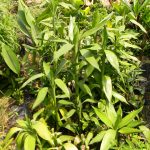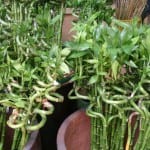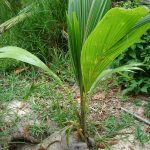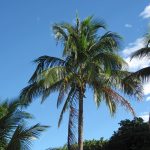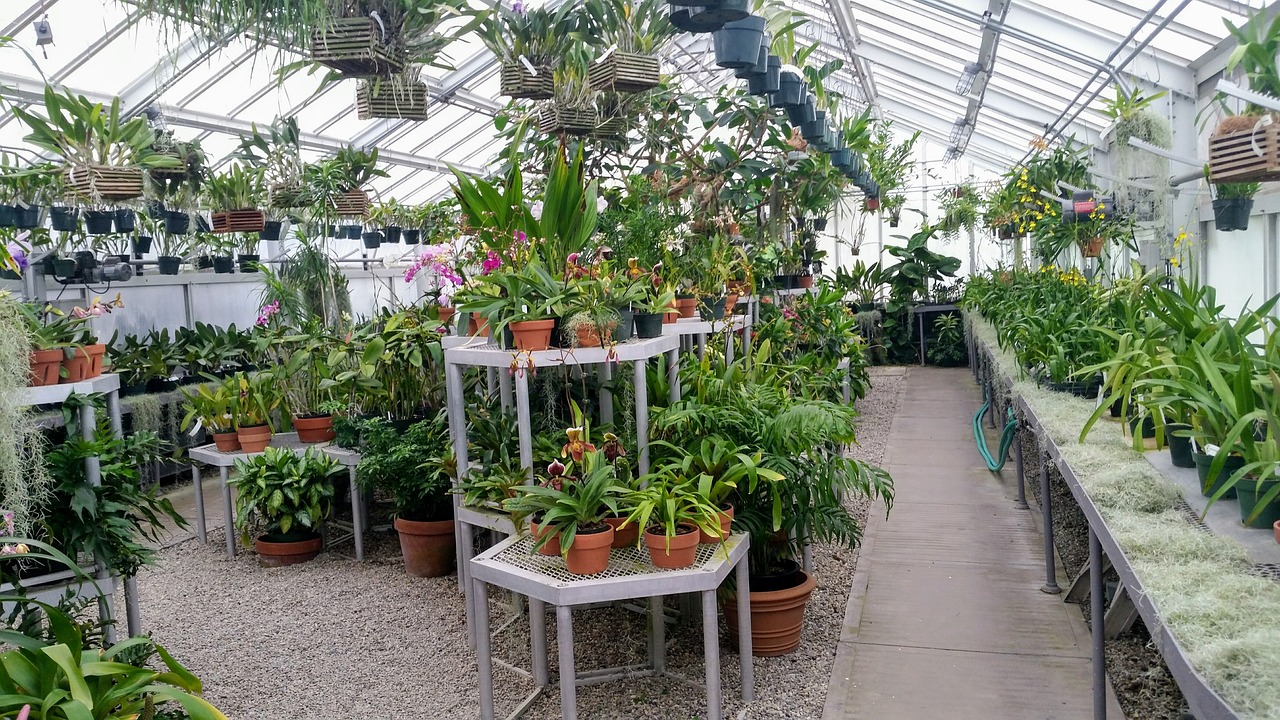
Are you a plant collector? Do you want to avoid spending money on purchases that may not last summer or winter? If you have answered yes to some of these questions and you are in Spain, it is time to know that there are certain plants that are not recommended at all, neither for beginners, nor for those with more experience.
The difficult-to-care plants in Spain that we are going to see now are so demanding, that unless you have somewhere where you can control the temperature and humidity to your liking, and you can provide them with the light they need, it is likely that you will not survive. Let's know which are the 8 most demanding.
Japanese maple (Acer palmatum)
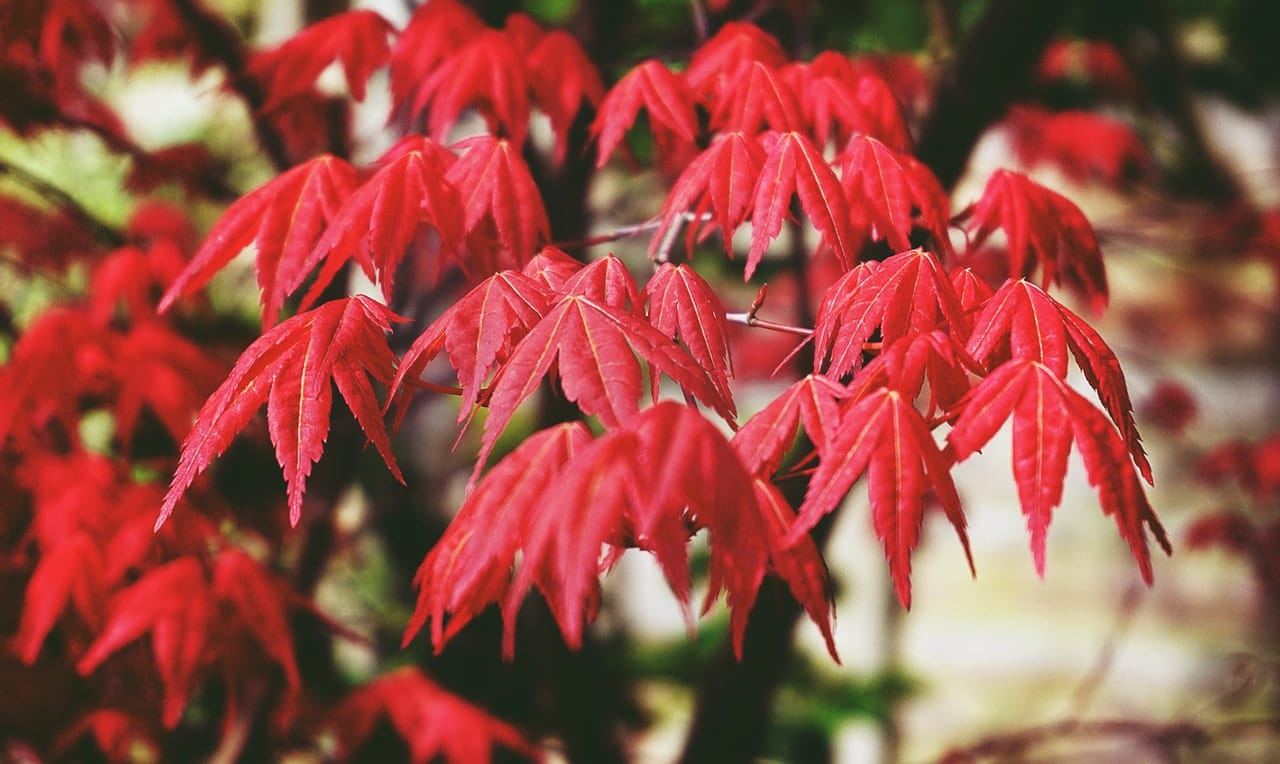
El japanese maple It is a natural jewel that has fallen in love with many of us, and continues to fall in love with others. The color of its leaves, its bearing, its… everything! it's just perfect. But it is a very demanding plant when the weather is not good, because it is typical of the mountains of Southeast Asia, where the environmental humidity is high, and the temperatures are mild for much of the year, except in winter when they fall below ten degrees. below zero.
In the north of the peninsula and in the mountainous regions of the country it will grow wonderfully, but in the Mediterranean it will have serious problems, because although the humidity can be very high (especially if you are near the sea), in summer it is too hot for it. and in winter the frosts, if any, are weak. And that's not to mention that both the irrigation water and the substrate or soil where it grows must have a pH between 4 to 6, something that for example in a good part of the Balearic Islands is only possible if it is bought or mixed with a few drops of lemon or vinegar to acidify it.
Areca (Dypsis lutescens)
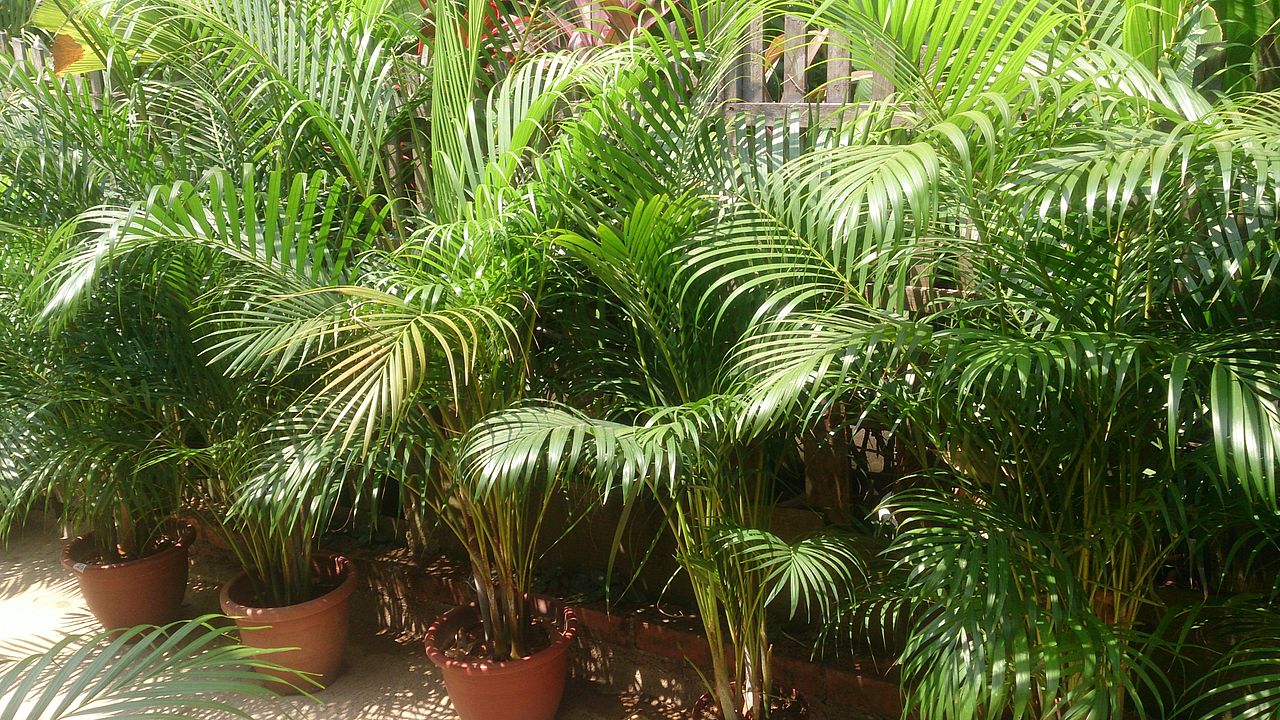
Image - Mokkie
The wrongly called areca (wrong because there is a botanical genus of palm trees that is called that, Areca, and they have nothing to do with Dypsis lutescens) is a plant with several thin trunks with pinnate leaves with a high ornamental value. So much so that it is widely cultivated as an indoor plant, but although in climates without frost it is quite easy, in other areas its maintenance is difficult.
Why is such a common plant complicated? Well, it is a species that grows well if the climate is tropical, or at least subtropical. It can withstand very weak and occasional frosts of up to -1,5ºC if it is sheltered (I speak from experience), and if it is in semi-shade. Indoors you have to put it in a bright room, away from drafts and ensure that the ambient humidity around it is high, for example with a humidifier (I do not advise spraying / spraying its leaves, since they could rot).
Bromeliad (Aechmea fasciata)

Image - Wikimedia / Citron
La Aechmea fasciata It is a bromeliad with very pretty leaves, and with even more decorative pink flowers. It can be found for sale throughout the year, as it has a high ornamental value, whether it blooms at that time or not. However, it is on our list because although it is one of the least demanding tropical bromeliads out there, indoors it can give the odd headache, and also outdoors if the climate is not what it needs (humid tropical) .
The reason is as follows: needs light, but not direct; a substrate or soil rich in organic matter and that also drains the water well. Speaking of water, it must be rain or, failing that, one suitable for human consumption.
Lucky bamboo (dracaena sanderiana)
- Image - Wikimedia / Dracaenaworldwide
El lucky bamboo It is a plant of which rootless stems with some leaves at the end are sold in nurseries, and I have even seen them in bazaars. The problem with this is that we are talking about cuttings, that is, they may or may not root, but as time passes they will look green ... and they can be quite green. But then does that mean it's a waste of money if you buy one of those stalks?
It doesn't have to. So that you are lucky (really) and get it to emit roots so that the plant continues, what we recommend doing is planting it in a plastic pot with holes and filling it with porous substrates, like the cheekbone. We do not recommend using mobs, since they tend to take longer to dry, and that is something that could spoil the cutting. Of course, for it to survive, the climate must be warm, without frost, and the humidity must be high (do not spray / spray it with water; it is better to put glasses with water around it).
Carnivores
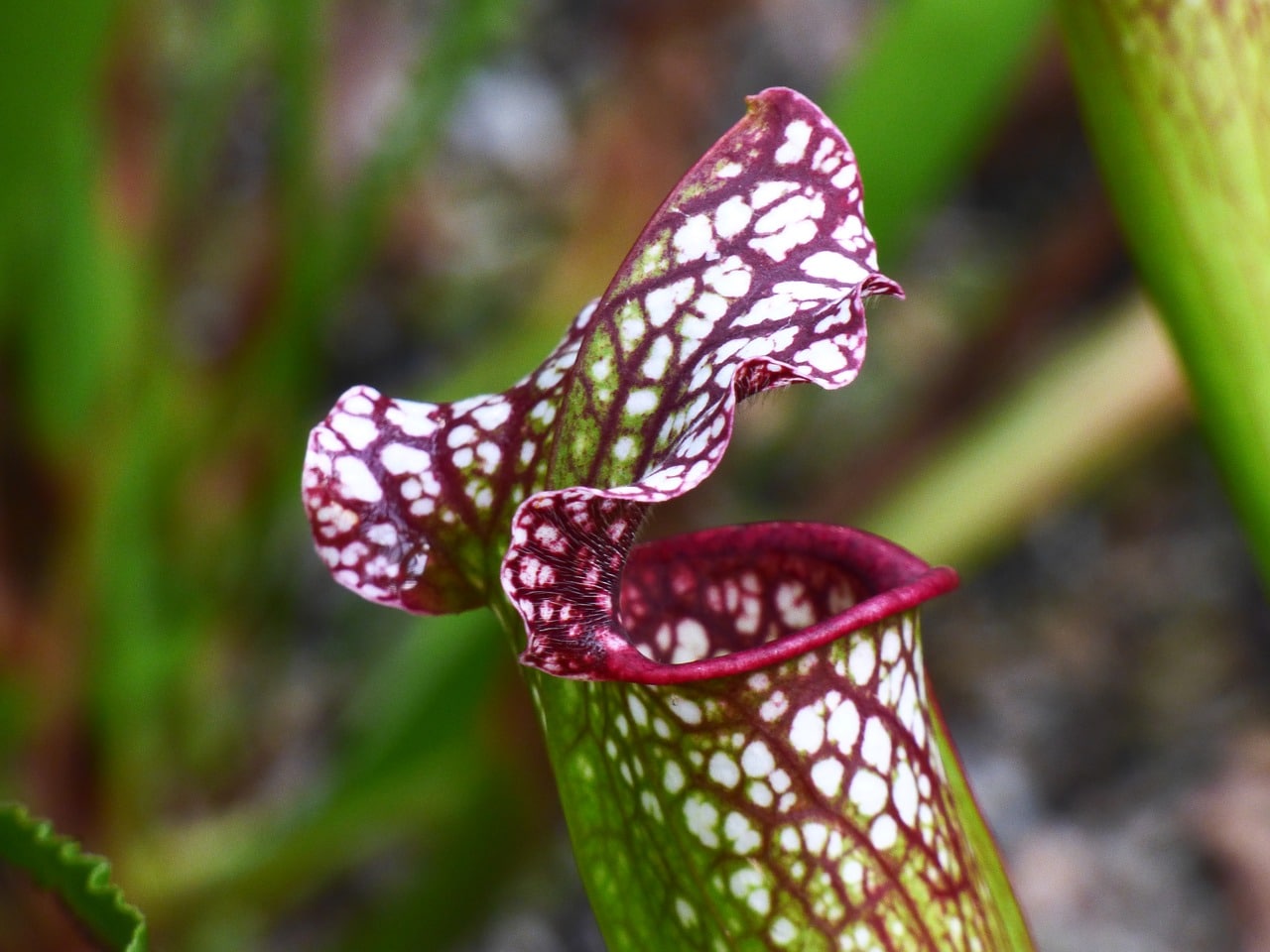
There are many carnivorous plants that are sold in our country: different types of dionaea, Drosera and Sarracenia above all, they are put on the tables in the place they share with the »houseplants». We are not going to fool you: the problem with these plants is not always the weather. In fact, throughout the Mediterranean region they can usually be grown all year round outside, and in the rest of the territory they only need protection if the temperature falls below 2, 3 or 4 degrees below zero depending on the species.
The problem of carnivores in Spain is none other than the land. In order to grow well they need unfertilized blond peat, often mixed with pearlite or quartz sand; or sphagnum moss. This has to be used to fill plastic pots with holes in the base, since the clay ones could damage their roots as the granites of the earth that was used to make the container fell. In addition, the water must be rain, or if there is no way to get it, distilled or very weak mineralization.
Coconut tree (Cocos nucifera)
- Image - Wikimedia / Forest & Kim Starr
- Image - Wikimedia / James St. John
El coconut tree it is a classic plant in Spanish nurseries, especially during spring and summer. Young seedlings are sold, with leaves still undivided, about a meter high. They are sold as indoor plants, and the truth is that they are so beautiful that who does not want to have one in the living room? I have bought two myself since 2006, which was when I started in the world of gardening. None survived me, despite being in the south of Mallorca, where temperatures are between 38ºC maximum and -1.5ºC minimum.
It wants sun, heat all year round (with a minimum of 18ºC), and high humidity (higher than 70%). It is what is in those paradisiacal tropical beaches that we see in many photos and videos on the Internet, as well as in travel agencies. These conditions only occur in very specific parts of the country, and to be more specific, in the south of the Iberian Peninsula (Malaga) and the Canary Islands.
Water stick (Dracaena fragrans)
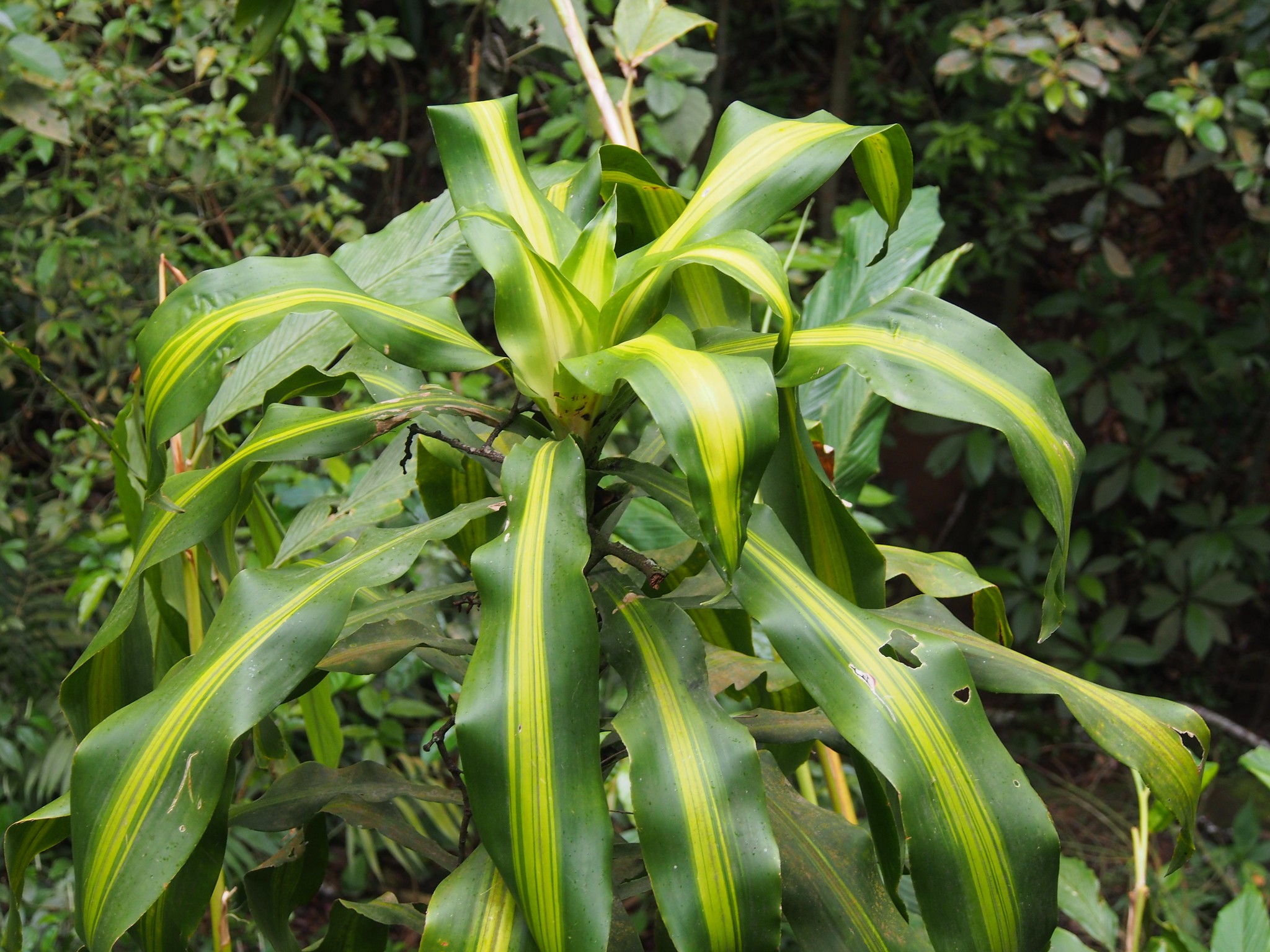
Image - Flickr / Vilseskogen
El water stick It is a plant whose cultivation is quite easy, but they have made it difficult. Its common name can already lead us to confusion, because it is not an aquatic plant; moreover, if it is grown as kokedama or in a pot without holes ... the days will be numbered. And is that to grow it needs soil, and also one that drains the water well. Also, if you want to have outside, the climate has to be warm and mild.
But you can enjoy your D. fragrans indoors too, if you put it in a room where there is a lot of light, but is away from drafts. And remember, put it in a pot with holes and fill it with substrate, not water.
Phalaenopsis
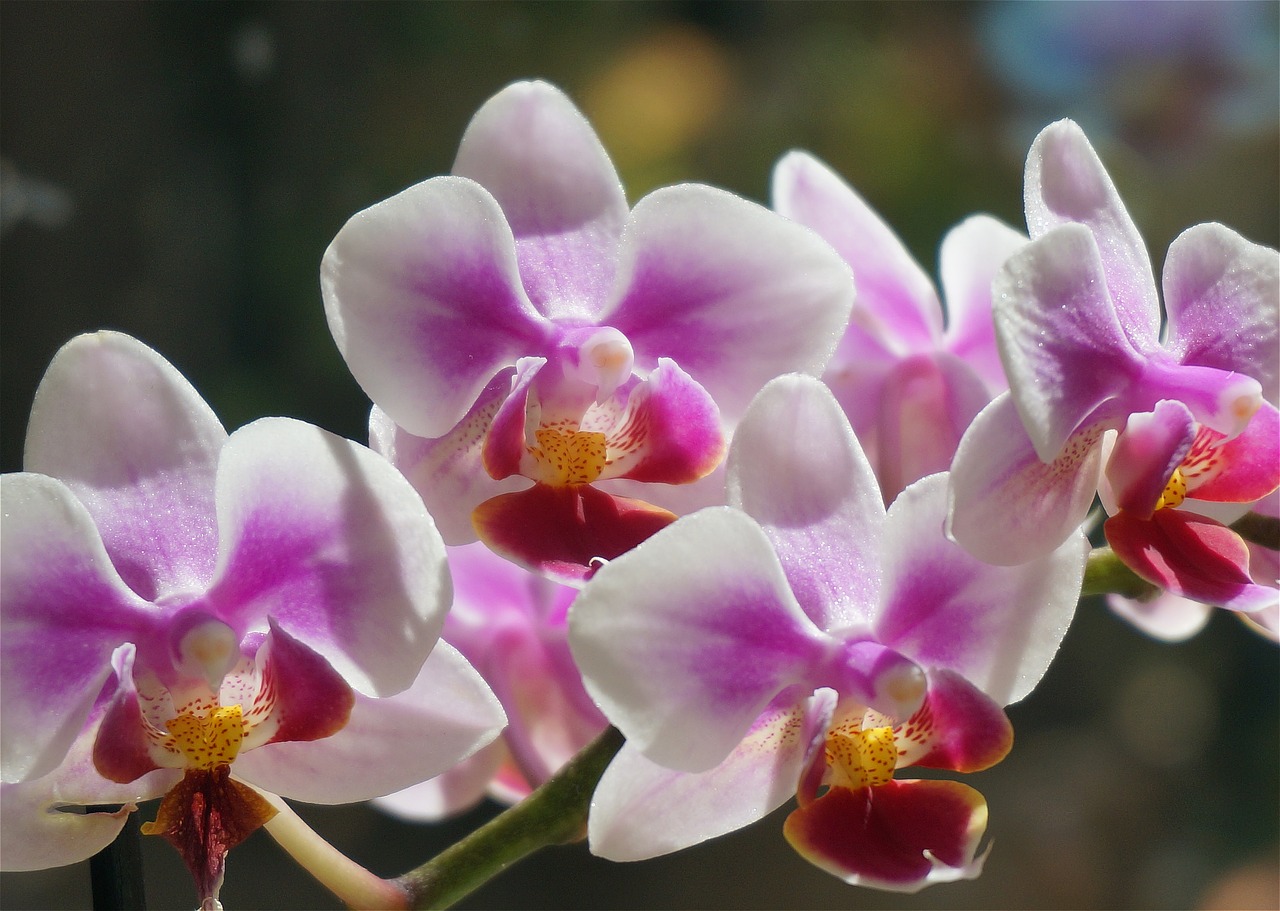
La Phalaenopsis it is an epiphytic orchid that produces beautiful flowers during the spring and sometimes also in the fall. Although it is very common, it is also very demanding. Like most tropical plants that are sold, requires high ambient humidity, which is why it may be an interesting idea to put it in the bathroom, if it receives natural light during a good part of the day. And it is that, this plant does not want total shade, since it could not grow. But beware, it doesn't want direct sun either.
If we talk about the substrate, there is not much complication: the pine bark that they already sell ready to use in bags is used. But if we talk about the flowerpot ... things change. This must be transparent plastic, and it must also have holes in the base. Do not put it in another ceramic or clay pot, because otherwise its roots could not breathe. On the other hand, the irrigation water must be as pure and clean as possible, so it is only advisable to irrigate with rainwater, or failing that with acidic water whose pH is between 4 to 6. It does not support the cold or frost; in fact, the minimum temperature should not drop below 15ºC.
Do you have any of these plants? Do you know others that are difficult to care for in Spain?
